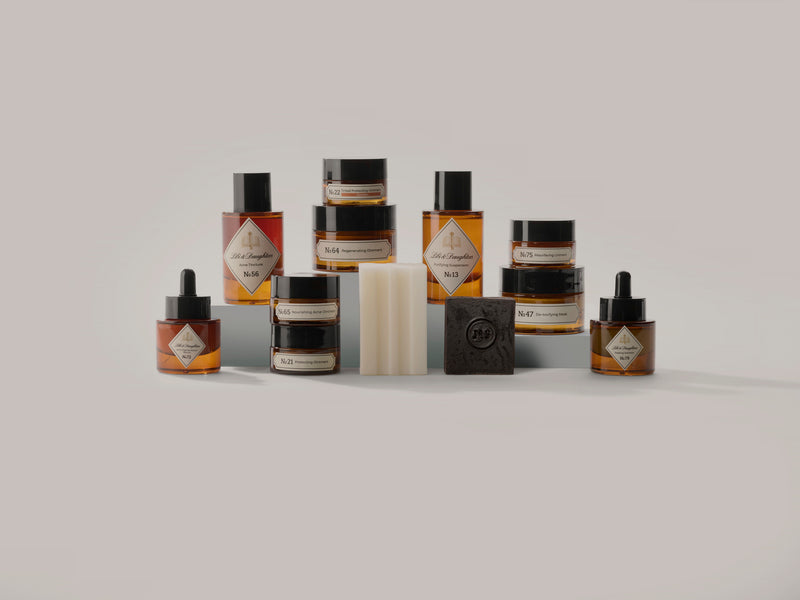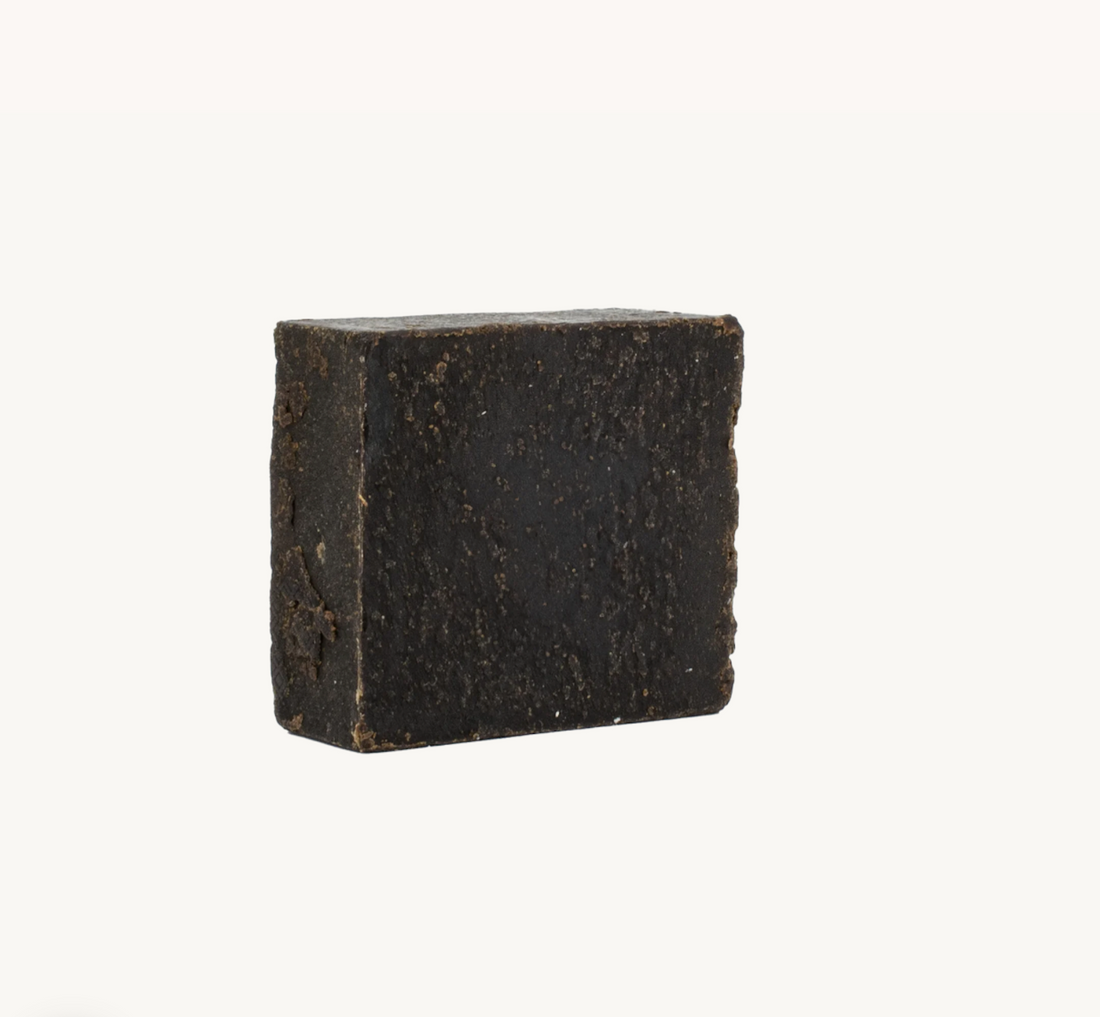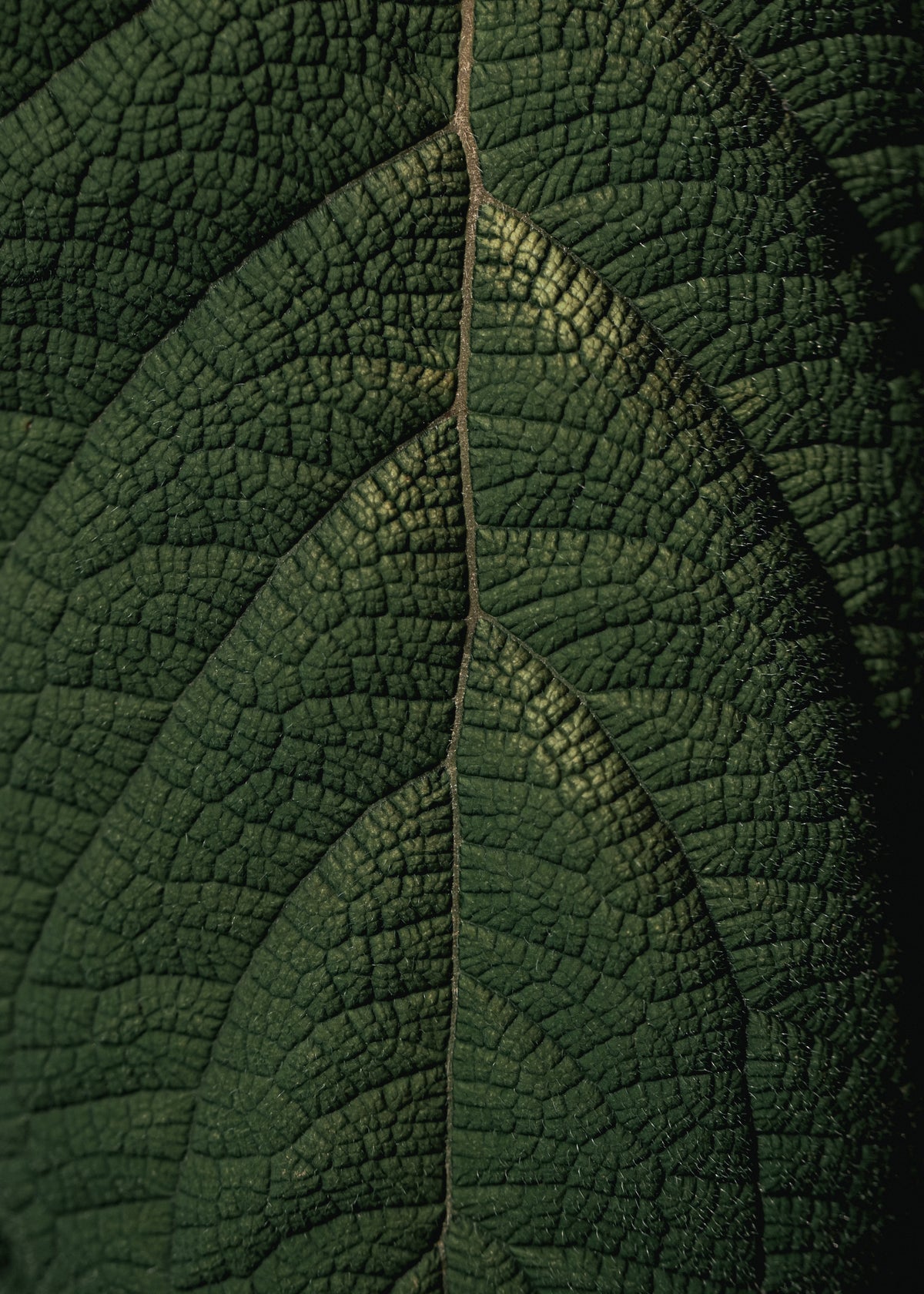N°3 Tar Soap
The tar soap in our family’s book is made according to a 19th century recipe. That means it is 100% natural. Do not expect it to smell pleasant, but you can be sure of its numerous cleansing properties. Tar is a natural antiseptic with disinfectant, antibacterial and astringent properties. It can help the skin regenerate quicker, may help skin recovery from breakouts, and improve circulation. Its pH is slightly acidic, which helps support skin health without washing away essential flora.
This product is only available as part of the Red Box Routine. Click below to learn more.
Explore The Red BoxUntil the 13th century, soap was held in equal regard to medicines and healing herbs.
In the 2nd century AD, an ancient Roman doctor and philosopher named Claudius Galen claimed that soap could not only wash clothes but cleanse the skin as well. The famous Arab doctor Ibn Sina, who lived in the 11th century, recommended using soap to wash lepers. Wild Gallic tribes made a miracle salve from tallow and the ash of beech trees, using it to heal skin ailments. Soap was brought to Western Europe in the 12th century by the Crusaders. To be fair, cleanliness came into fashion much later, around the 17th century.
And after the great French scientist Louis Pasteur established that bacteria were the cause of disease at the beginning of the 19th century, the essential importance of personal hygiene became obvious.










